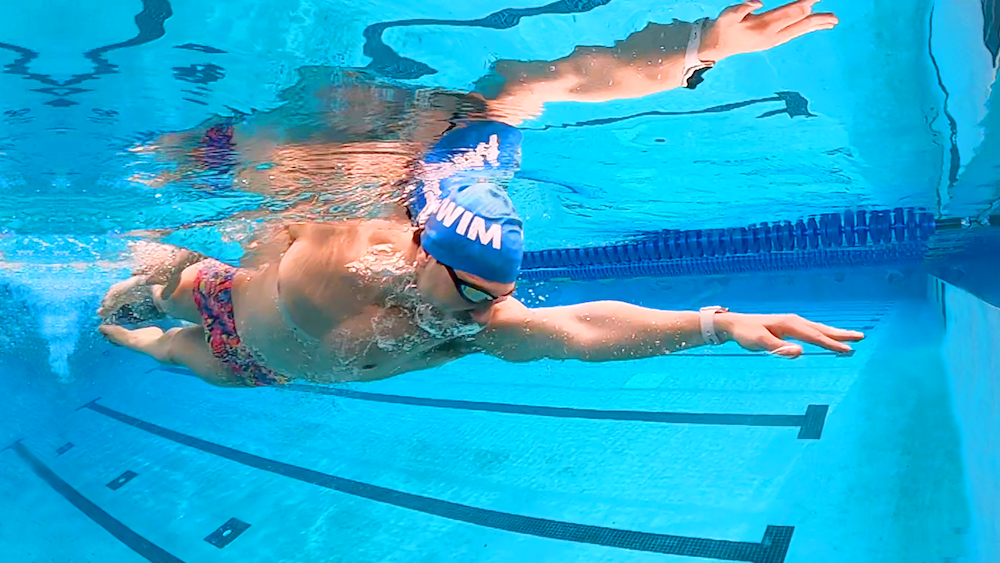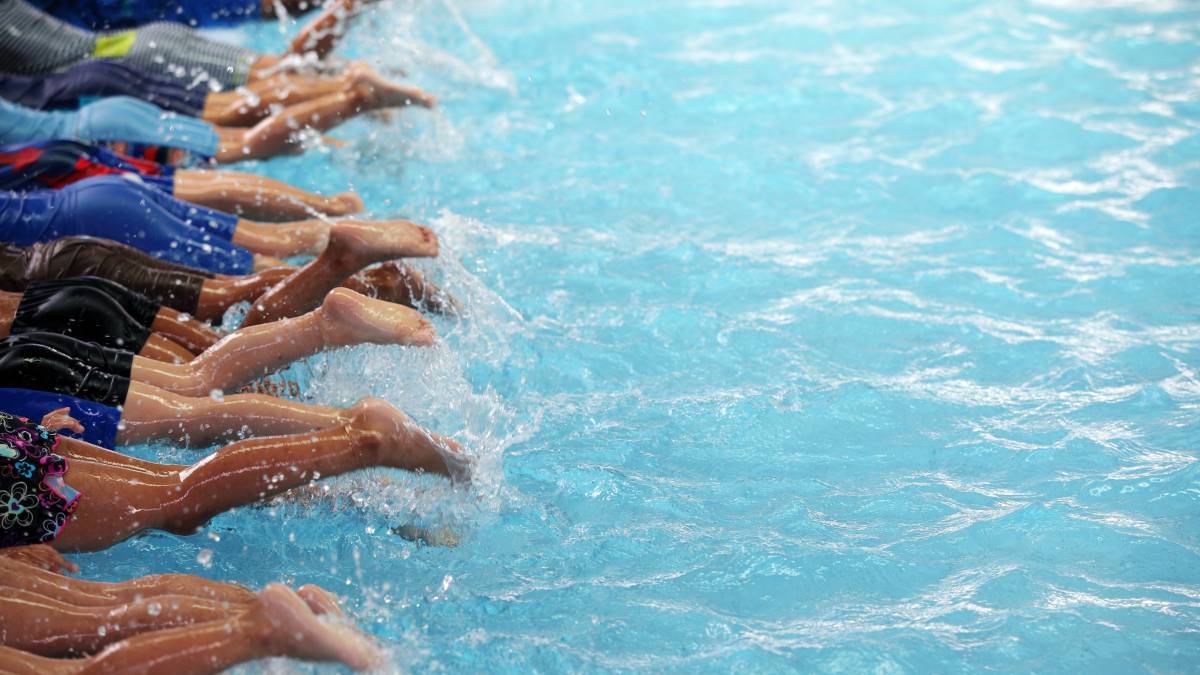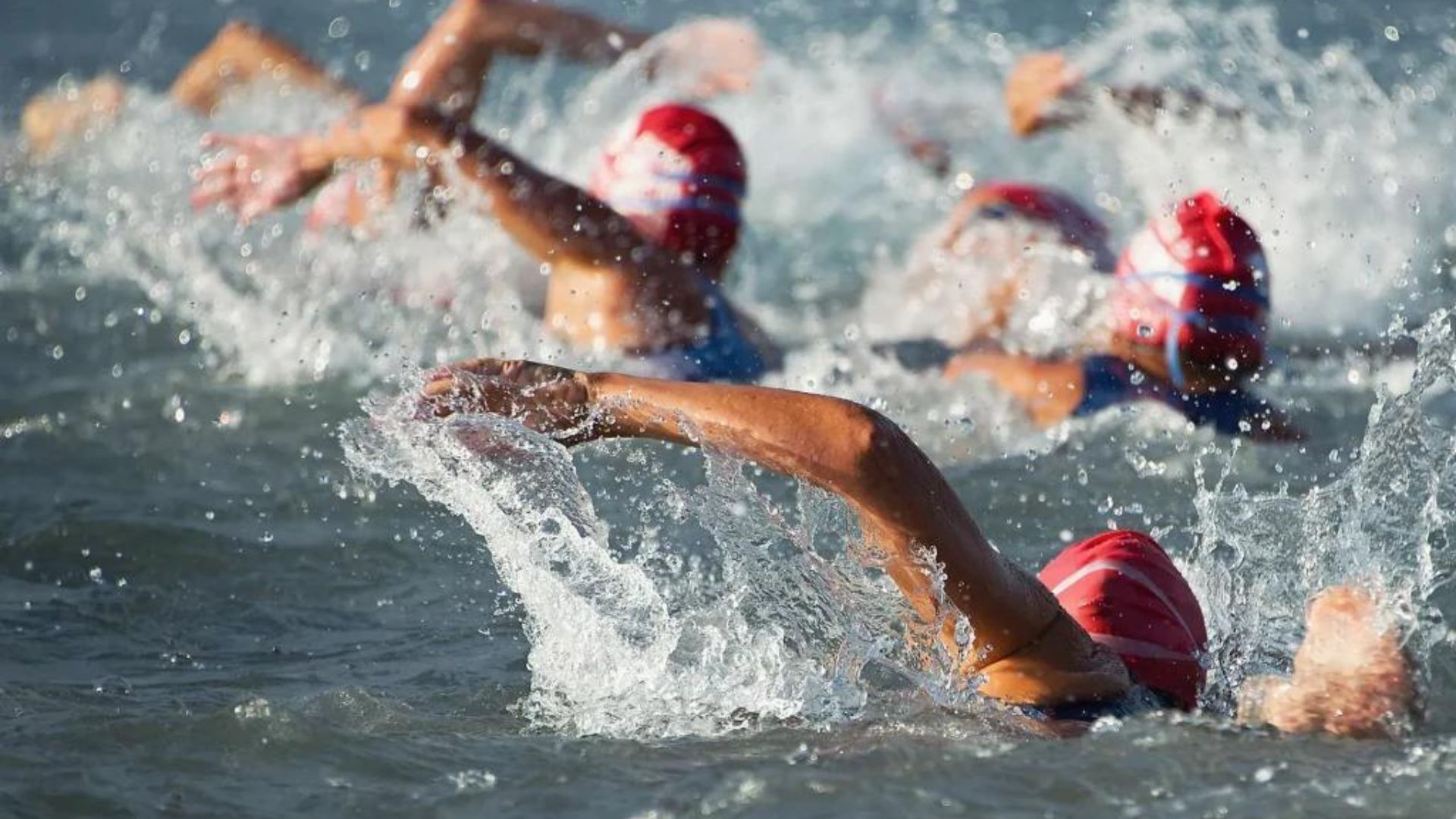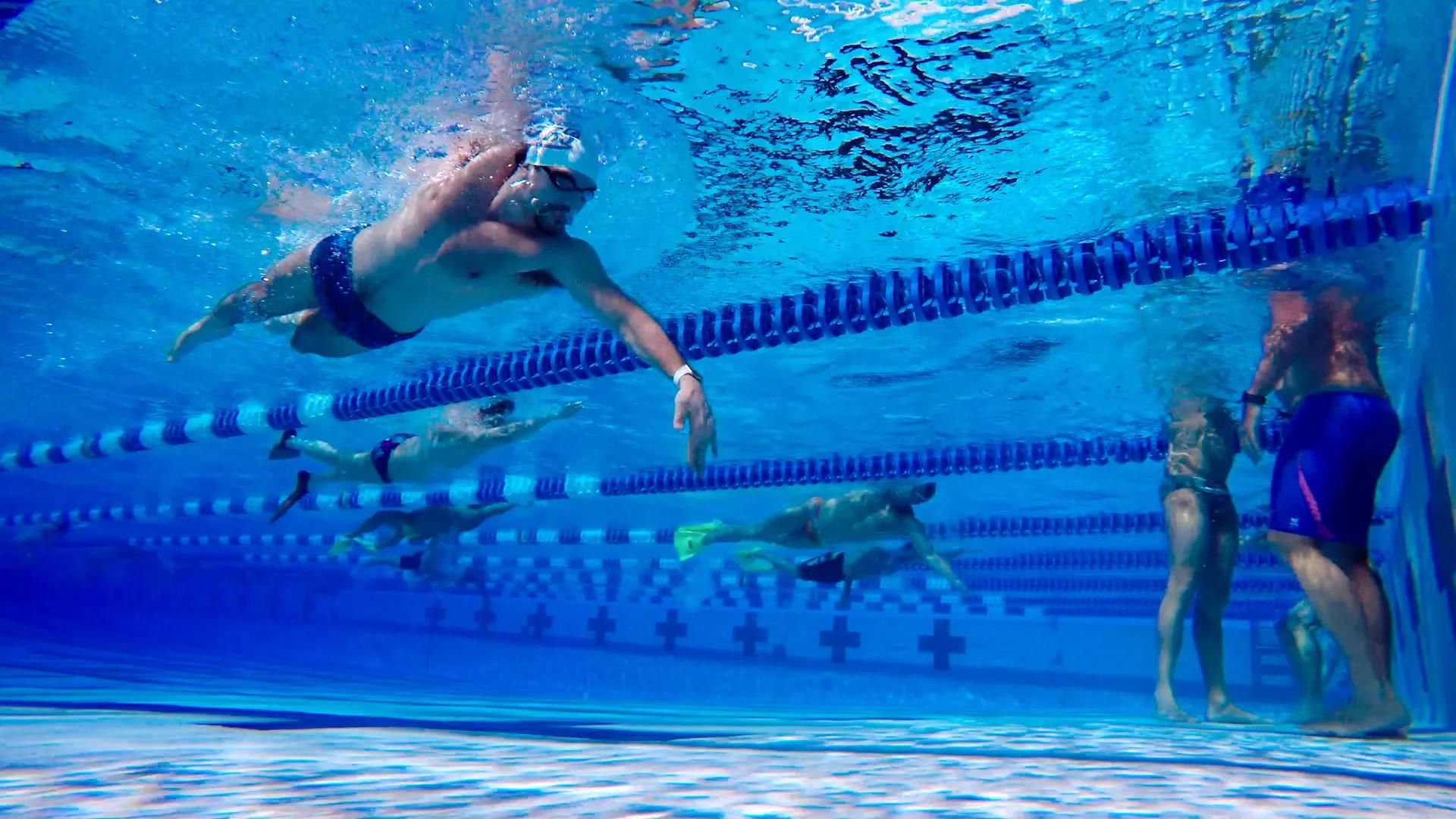“Swim Strong: Building Power and Endurance” embodies a structured approach to enhancing swimming performance through targeted exercises and training regimens. This program focuses on developing both strength and endurance, crucial components for swimmers aiming to improve their capabilities in the water. By integrating specialized workouts and techniques, Swim Strong aims to build robust physical conditioning that translates into greater power, stamina, and efficiency during swimming sessions and competitions.
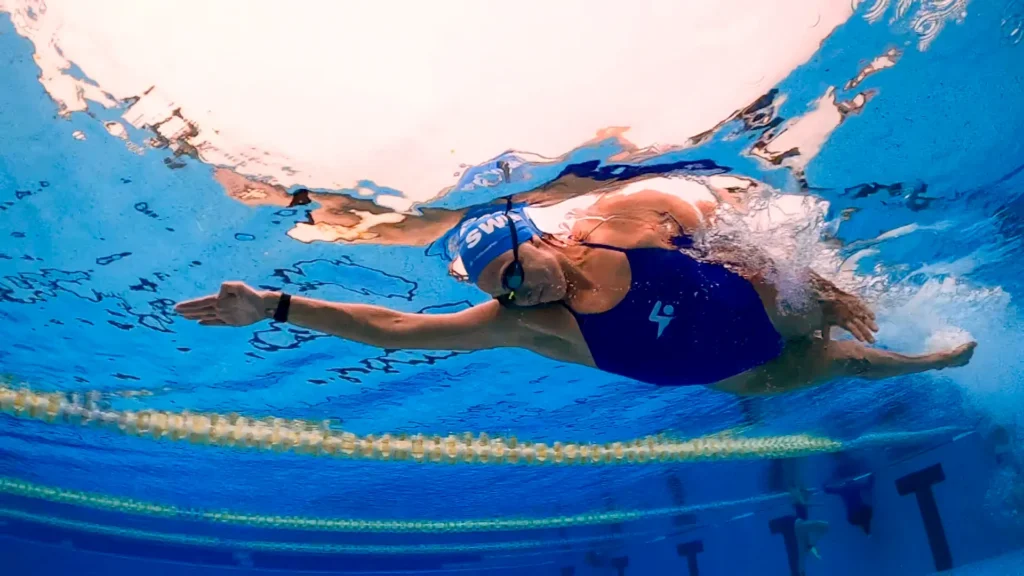
Importance of Strength Training
Strength training forms the foundation of Swim Strong, aiming to increase muscle power and resilience in swimmers. Exercises such as resistance band workouts, bodyweight exercises, and plyometric drills are tailored to enhance muscle strength and explosive power required for powerful strokes. Furthermore, strengthening core muscles improves stability and body control in water, contributing to better stroke mechanics and reduced energy expenditure. Hence, by incorporating targeted strength training, swimmers can enhance their overall performance and endurance levels in the pool.
Endurance Enhancement Strategies
Endurance is a key determinant of swimming success, necessitating specific strategies to build and sustain stamina during training and competitions. Swim Strong integrates interval training, long-distance swims, and aerobic conditioning drills to improve cardiovascular fitness and endurance capacity. Moreover, gradual progression and periodization ensure swimmers develop the necessary resilience to maintain peak performance over extended periods. Additionally, focusing on proper breathing techniques and pacing strategies optimizes oxygen utilization, further enhancing endurance capabilities in the water.
Technique Refinement for Efficiency
Efficiency in swimming is amplified through precise technique refinement, a cornerstone of Swim Strong. Emphasizing streamlined body positions, effective stroke mechanics, and optimal hand entry and exit minimize drag and maximize propulsion in water. Furthermore, drills targeting turn techniques and stroke transitions enhance fluidity and speed during races. Therefore, by honing these technical aspects, swimmers can achieve greater efficiency, conserving energy for prolonged swims and improving overall performance metrics.
Nutrition and Hydration Optimization
Nutrition and hydration play pivotal roles in supporting the demands of Swim Strong training sessions and competitions. Proper fueling before and after workouts ensures adequate energy levels and promotes muscle recovery. Furthermore, maintaining hydration balances electrolytes and regulates body temperature, crucial for optimal performance in aquatic environments. Additionally, incorporating nutrient-dense foods rich in carbohydrates, proteins, and healthy fats supports muscle repair and adaptation to training stresses. Hence, by prioritizing nutrition and hydration, swimmers can sustain energy levels and maximize training gains throughout their Swim Strong journey.
Mental Resilience and Focus
Building mental resilience and focus is integral to Swim Strong’s holistic approach to performance enhancement. Techniques such as visualization, goal setting, and mindfulness practices cultivate a positive mindset and enhance concentration during training and competitions. Moreover, overcoming mental barriers and managing pre-race nerves empower swimmers to perform at their best under pressure. Additionally, fostering a supportive team environment and seeking guidance from coaches bolster confidence and motivation levels, contributing to overall success in achieving swimming goals.
Injury Prevention and Recovery Strategies
Preventing injuries and implementing effective recovery strategies are paramount in Swim Strong’s comprehensive training program. Warm-up routines, cooldown exercises, and flexibility training minimize the risk of muscle strains and joint injuries during intense workouts. Moreover, incorporating foam rolling, stretching, and ice baths accelerates muscle recovery and reduces post-exercise soreness. Additionally, proactive injury management and rehabilitation protocols facilitate prompt recovery, ensuring swimmers maintain consistent training schedules and peak performance levels in the pool.
Conclusion
In conclusion, “Swim Strong: Building Power and Endurance” offers a structured framework for swimmers to enhance their performance through targeted strength training, endurance enhancement strategies, technique refinement, and holistic approaches to nutrition, hydration, and mental resilience. By integrating these elements into their training routines, swimmers can cultivate robust physical conditioning, improve efficiency in the water, and achieve greater success in competitive swimming. Therefore, for athletes aspiring to elevate their swimming prowess and achieve peak performance, Swim Strong provides the tools and resources necessary to excel in the pool and beyond.
